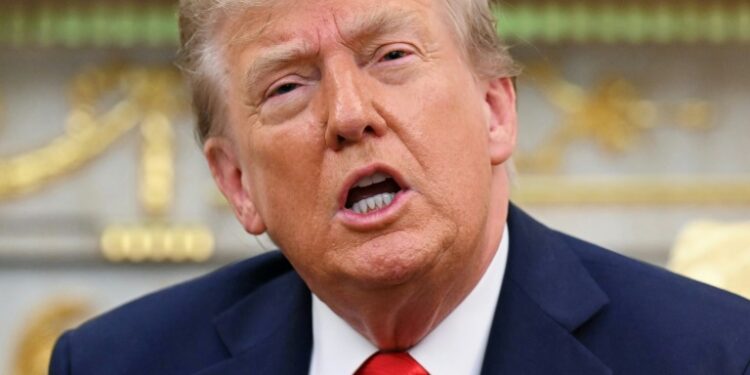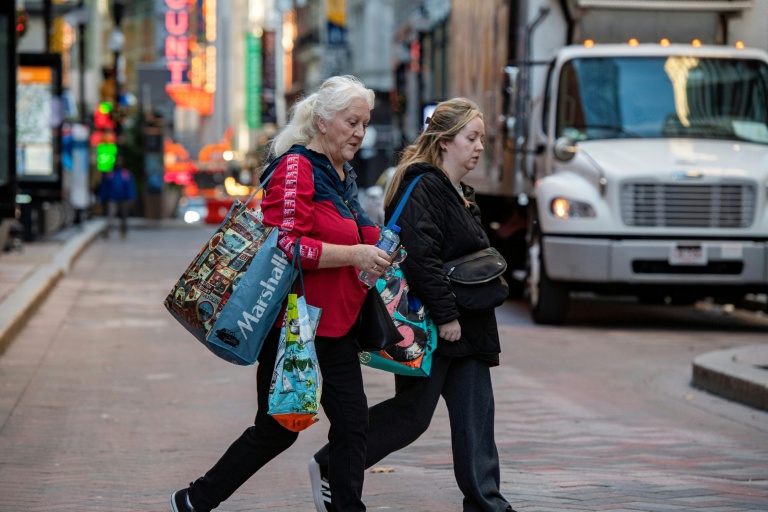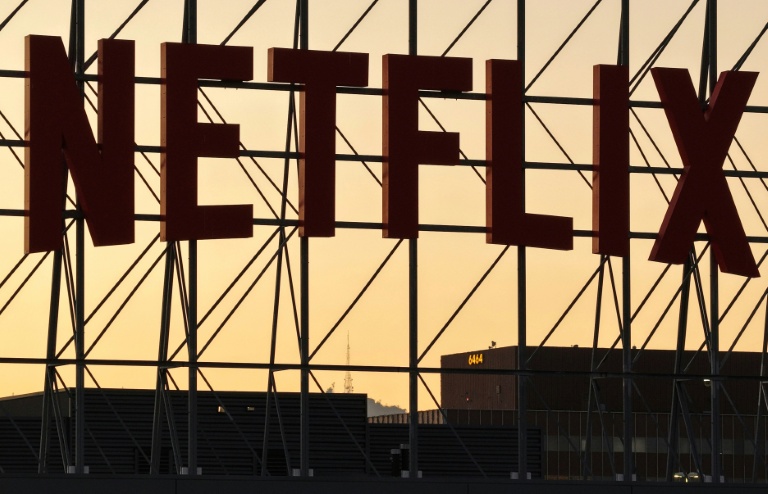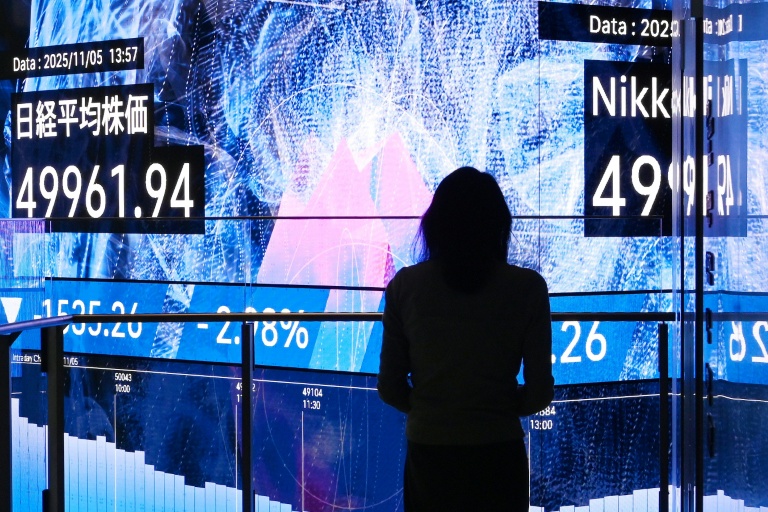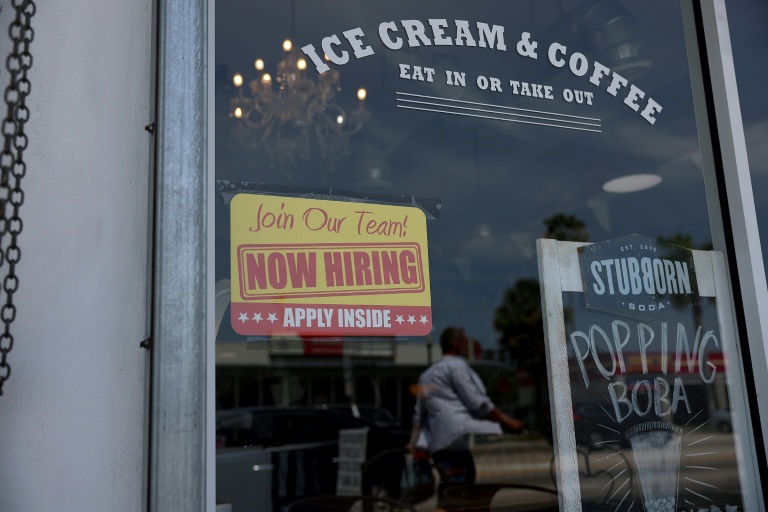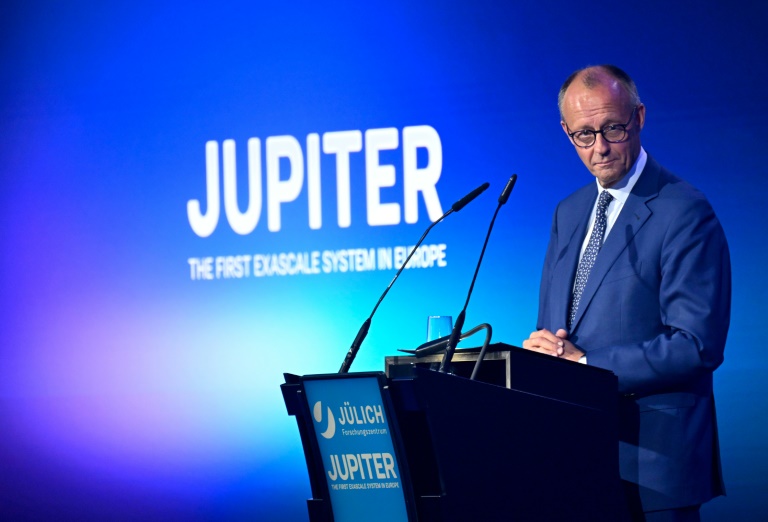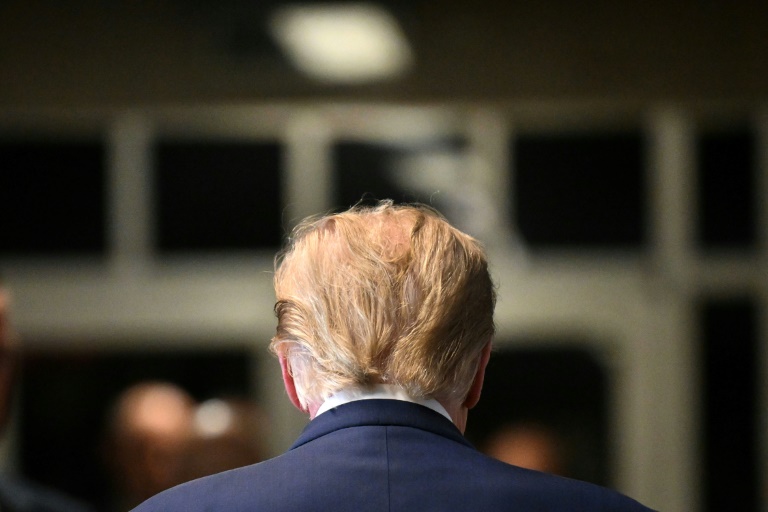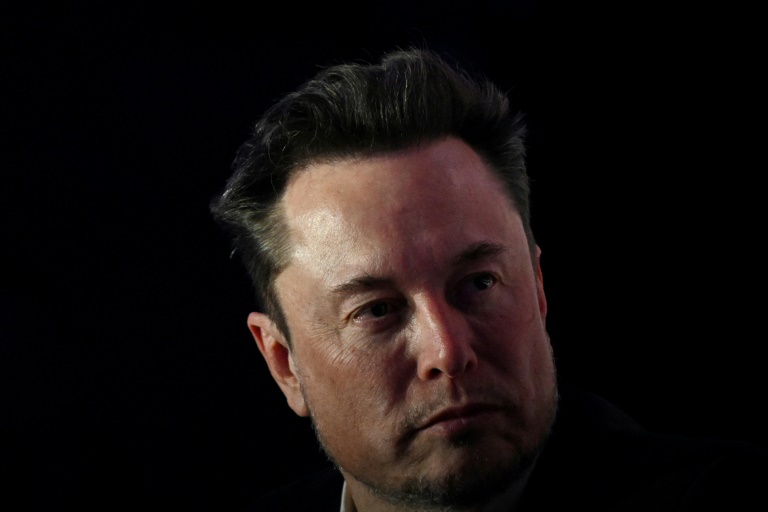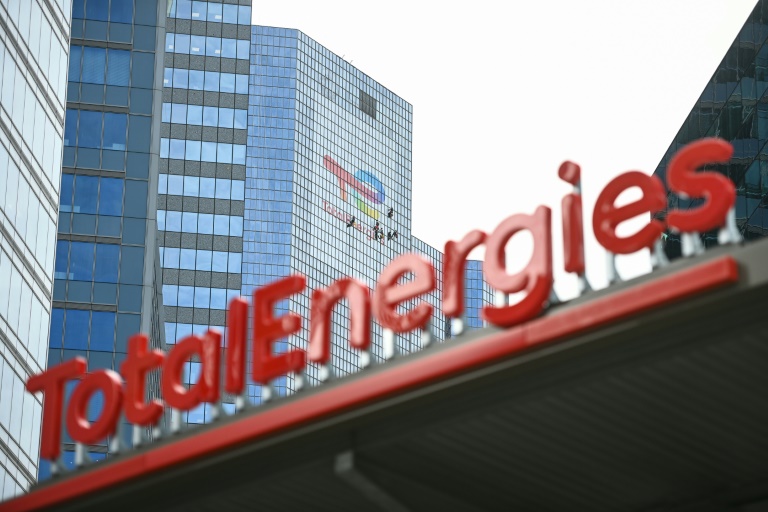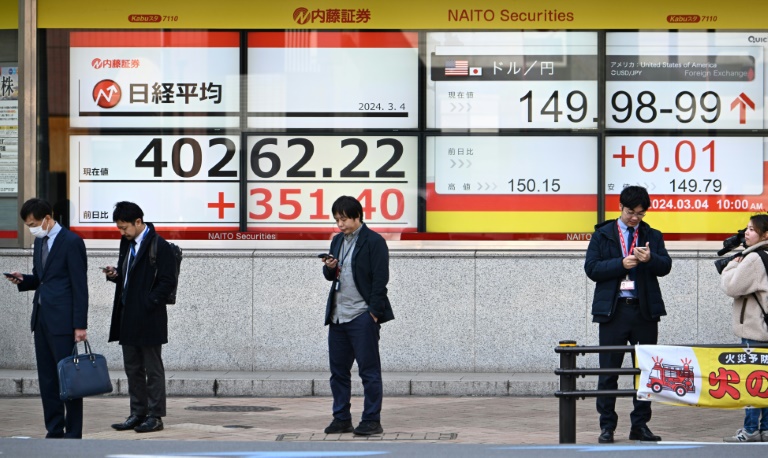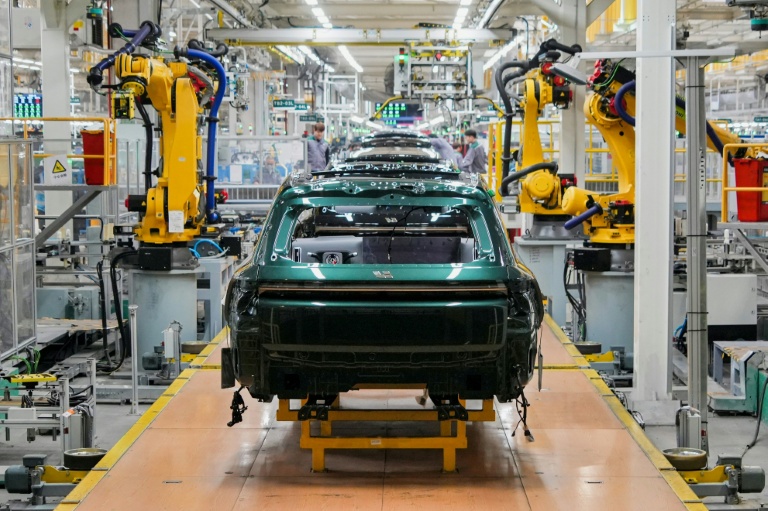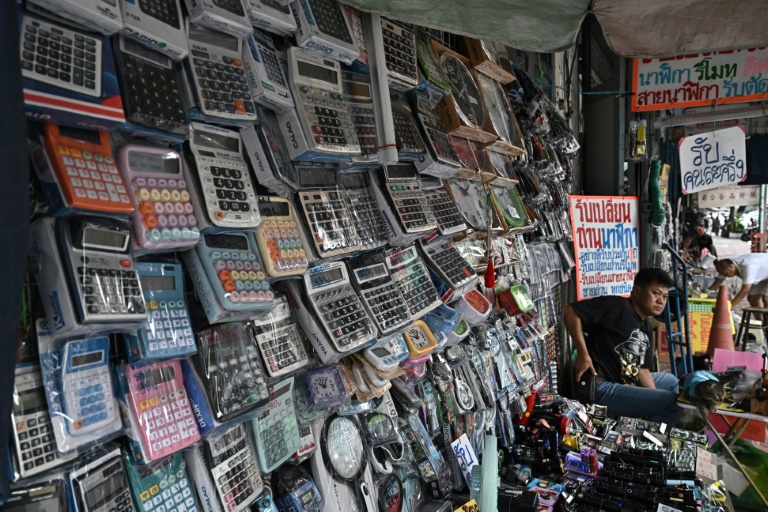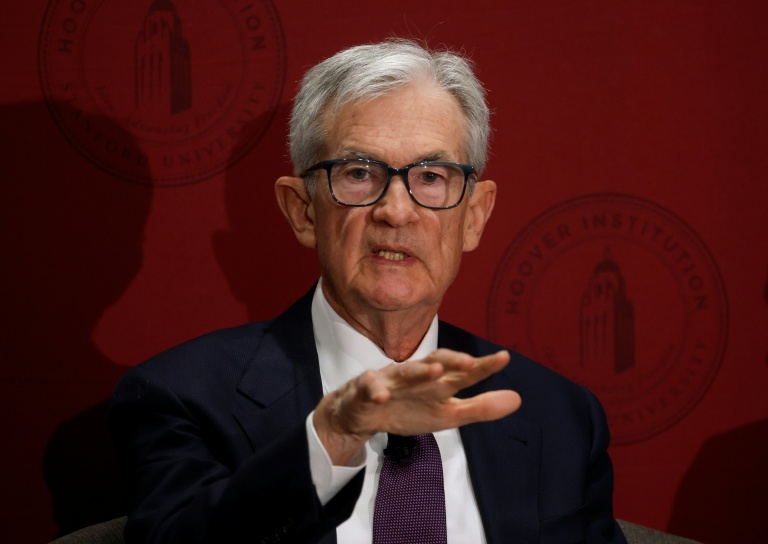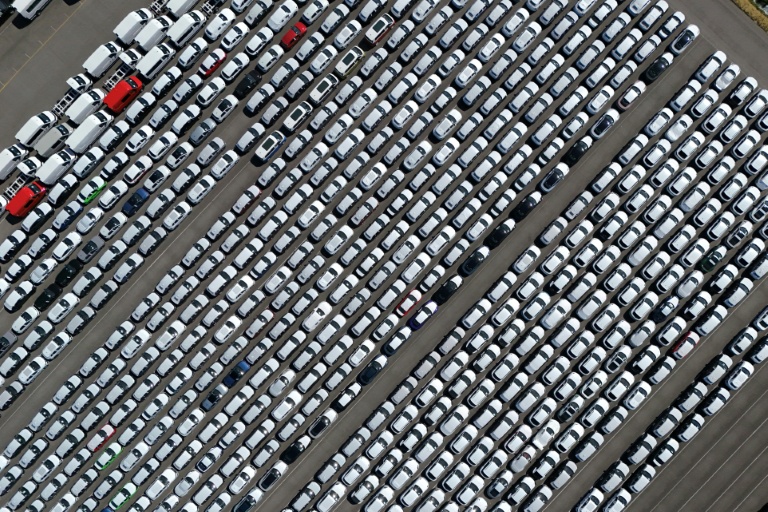Washington (AFP) – US job growth stalled in August while unemployment crept up to its highest level since 2021, in a closely watched report released Friday. Weak data earlier prompted President Donald Trump to fire a key economic official. Overall, the figures confirmed a labor market slowdown in the world’s biggest economy as businesses pull back on hiring while grappling with uncertainty sparked in large part by Trump’s fast-changing trade wars. US job growth came in at 22,000 last month, down from July’s 79,000 figure, according to the Department of Labor.
The jobless rate edged up from 4.2 percent to 4.3 percent, in line with analysts’ expectations but reaching its highest level since 2021. Job growth in June, initially estimated at 14,000, was revised to a 13,000 decline, marking the first such decline since 2020. Hiring in July was adjusted slightly upwards. Analysts closely monitor US employment numbers given their bearing on the Federal Reserve’s interest rate decisions, and a deteriorating labor market could tip the balance in favor of rate cuts. Trump reiterated his call for Fed Chair Jerome Powell to slash rates, stating he should have done so “long ago.”
Friday’s numbers are also under scrutiny after a poor showing in July’s data prompted Trump to claim the figures were “rigged” and led to the firing of the commissioner of labor statistics. Nationwide chief economist Kathy Bostjancic noted that data revisions take place as survey response rates have declined. If companies respond late, numbers need to be updated. White House economic advisor Kevin Hassett told CNBC that while the latest figures were slightly disappointing, there is hope they will be revised higher.
“The alarm bells are starting to go off in the labor market,” said Heather Long, chief economist at the Navy Federal Credit Union. “More and more industries are shedding jobs.” She pointed out that almost all recently added jobs were in health care, and if that sector were excluded, job growth would be negative. Health care added 31,000 jobs, but federal government employment declined by 15,000 and is down by 97,000 since reaching a peak in January. Manufacturing employment, an important issue politically for Trump’s blue collar base, dropped by 12,000 in August and has decreased by 78,000 over the year. Employment in the wholesale trade sector also fell.
“Increasing operating costs and acute policy uncertainty” have led firms to tighten new hiring, said EY senior economist Lydia Boussour. She added that tariffs and uncertainty are significantly affecting goods-producing sectors. Average hourly earnings rose by 0.3 percent in August, mirroring July’s increase. Trump’s stop-start approach to rolling out tariffs has disrupted supply chains and made it difficult for businesses to plan their next moves. Many firms have reported being forced to put growth plans on hold. “The ‘no hiring’ economy is turning into a layoff economy, and if that worsens, it will lead to a recession,” Long warned. A Briefing.com consensus forecast had expected US hiring to be at 78,000 in August. The cooldown in hiring has been notable, with monthly payroll gains averaging 168,000 in 2024.
“The fourth month of sub-par employment performance signals a dramatic stall in hiring and fully supports the Fed starting rate cuts at the next meeting,” said Bostjancic. Fed officials are scheduled to hold their next policy meeting from September 16-17, and Powell has previously indicated the possibility of lowering rates. “The real question now becomes how many rate cuts follow,” Bostjancic added.
Mortgage Bankers Association chief economist Mike Fratantoni remarked, “This is not a picture of an economy at ‘maximum employment.'” However, he noted that the pace of additional cuts will be “tempered by the ongoing risk of a pickup in tariff-induced inflation.” Already, Chicago Fed President Austan Goolsbee told Bloomberg TV on Friday that he remains undecided on a September rate reduction as he monitors inflation risks. The Fed has maintained interest rates steady this year within a range between 4.25 percent and 4.50 percent as policymakers observe the impact of tariffs on consumer prices.
© 2024 AFP

